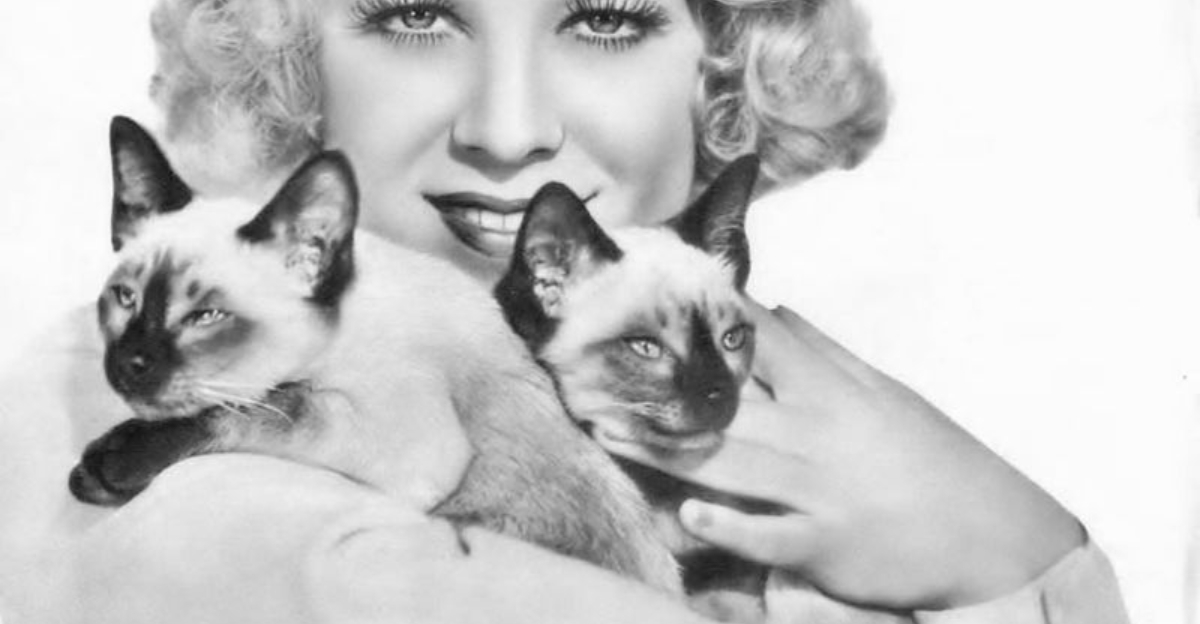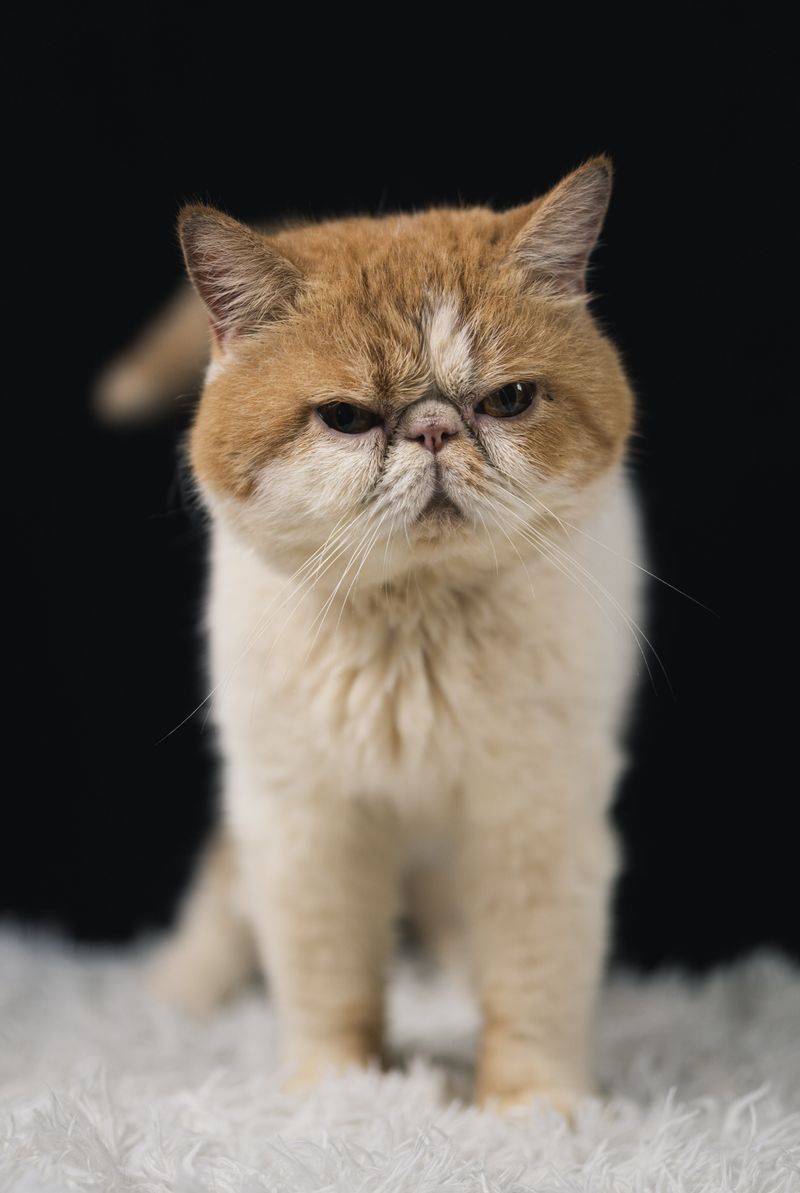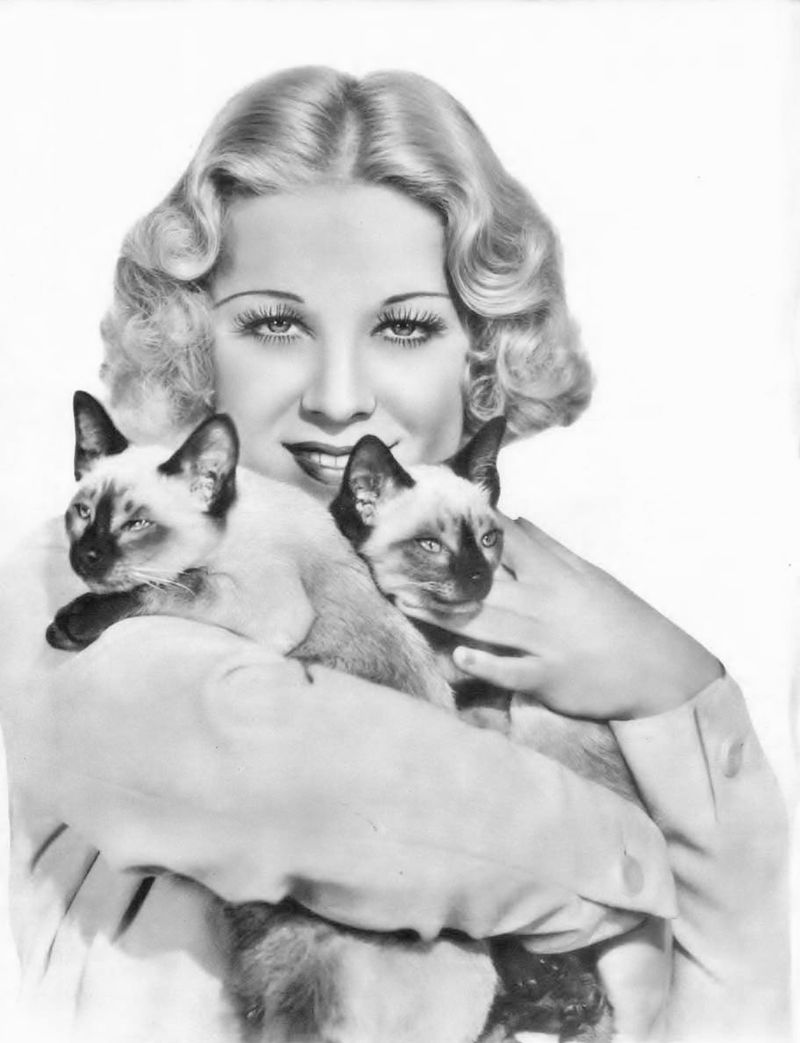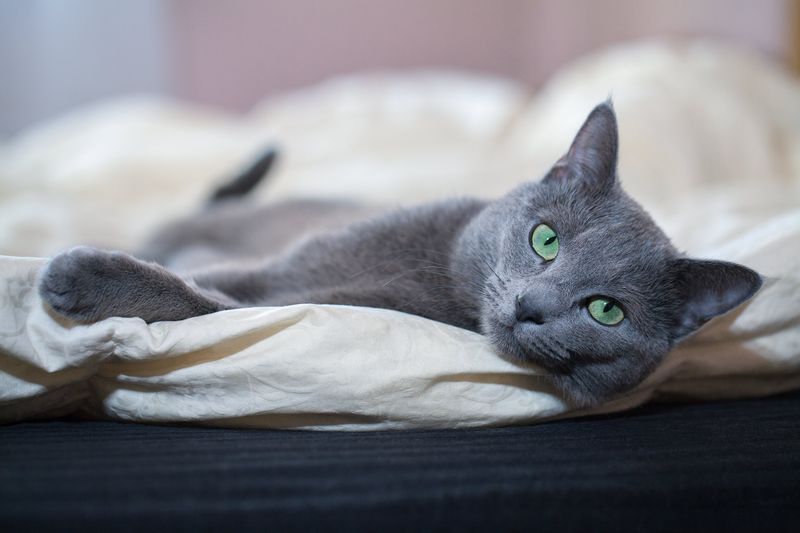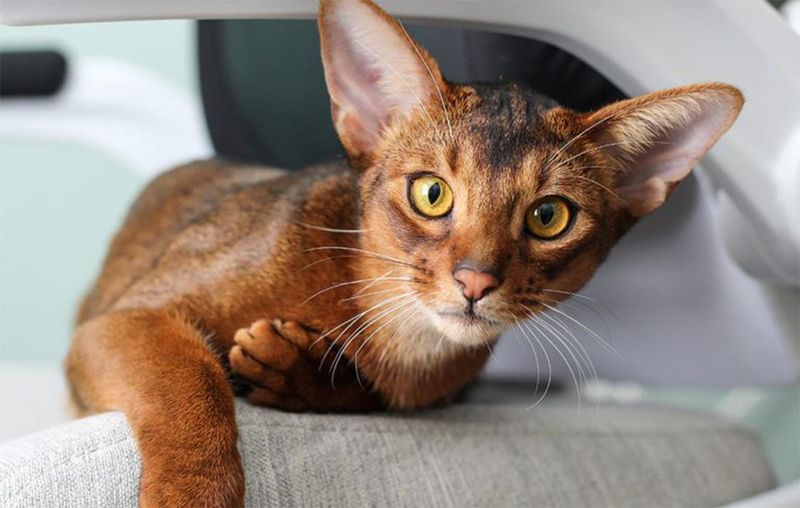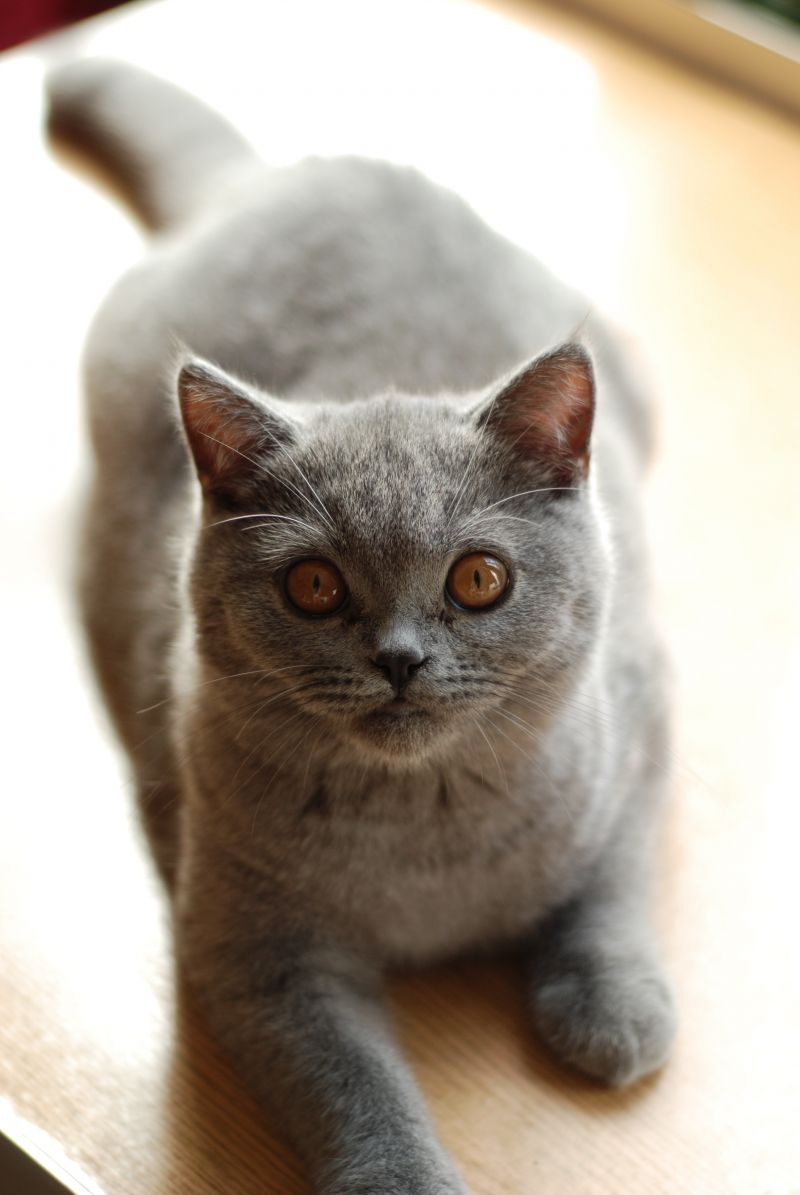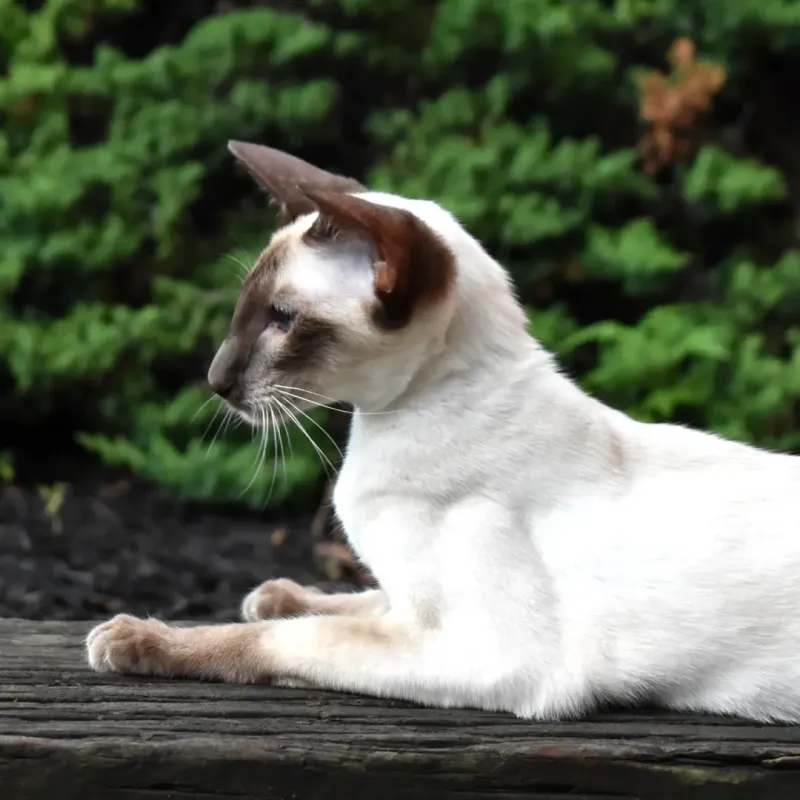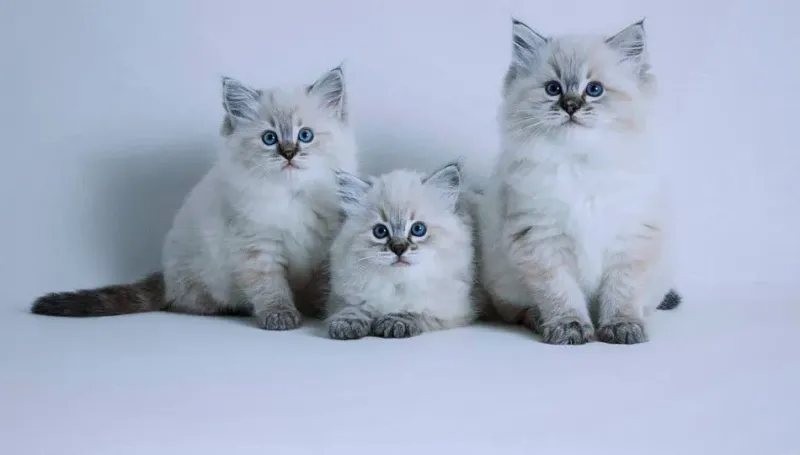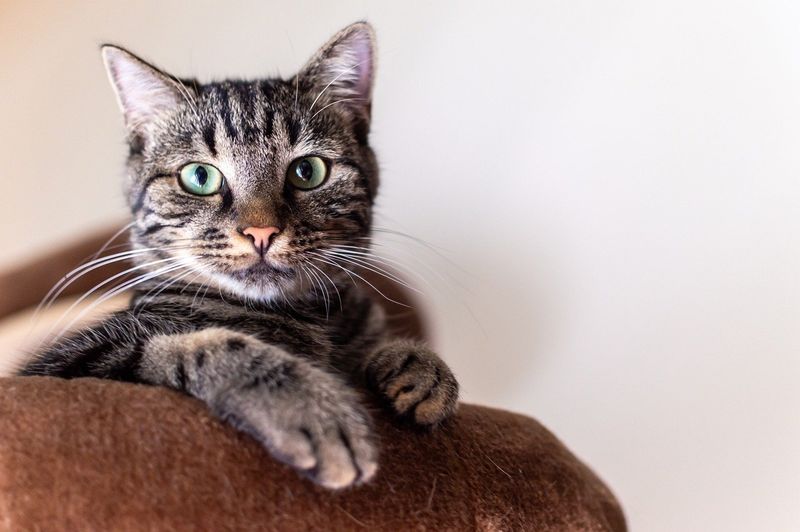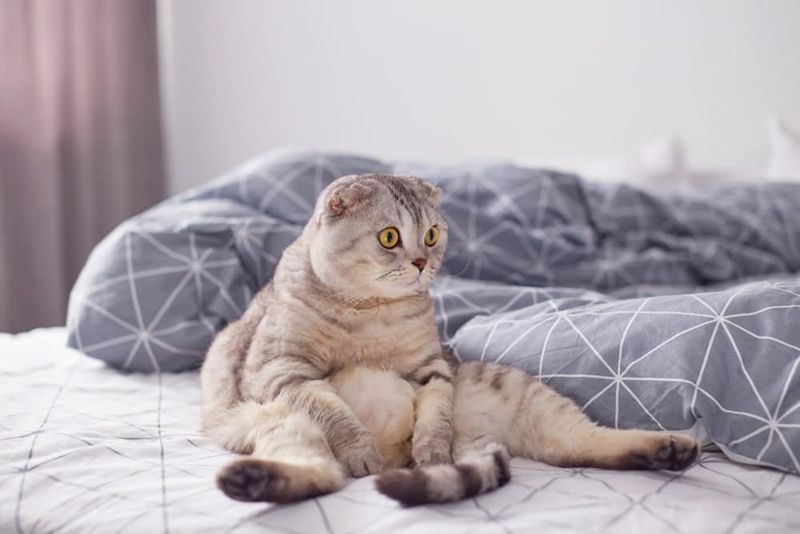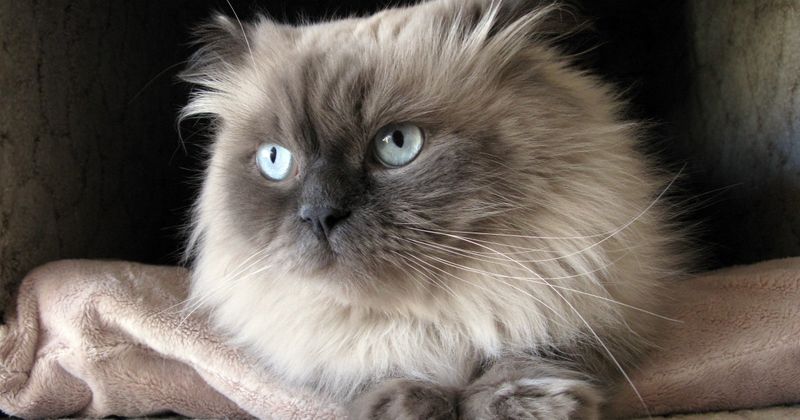📖 Table of Content:
The 1950s and ’60s weren’t just about jukeboxes, drive-ins, and swingin’ style—they were also the golden age for many beloved cat breeds. As mid-century homes flourished, people found companionship in the purrs and playful antics of their feline friends. Cats weren’t just pets; they were part of the family, fixtures in cozy living rooms and characters in classic films.
With the rise of suburban living and a booming interest in all things domestic, cat breeds with charm, elegance, and personality began stealing the spotlight. Whether curled up on a velvet couch or perched on a sunny windowsill, these cats reflected the era’s aesthetic: sophisticated yet warm, stylish yet homey. They also marked a time when purebred cats became more accessible and admired across America and beyond.
So let’s take a nostalgic stroll through the past and explore 13 cat breeds that truly defined the 1950s and ’60s. Each of these breeds made their mark—whether on the silver screen, in suburban households, or as rising stars in breeding circles. They brought flair, friendship, and character to a world in love with charm and charisma. From the plush elegance of the Persian to the bold personality of the Siamese, these felines had it all. Here’s to the cats that helped shape the heart of the atomic age.
1. Persian
Plush and serene, the Persian cat ruled homes with its luxurious coat and laid-back demeanor. As postwar prosperity surged, more families welcomed these regal companions into their upscale abodes. Their long fur and sweet expressions matched the aesthetic of a more indulgent, decorative age. While calm and quiet, Persians possessed an affectionate and gentle heart. They became favorites among homemakers and designers alike. Their beauty graced advertisements, greeting cards, and home décor magazines. This breed brought a touch of royalty to the heart of the home.
2. Burmese
A compact powerhouse of charm, the Burmese cat blended affection and energy into one sleek package. These cats loved people and quickly became companions for families seeking a lively, loving pet. Their satin-like coat and expressive golden eyes gave them an irresistible allure. The breed’s personality balanced curiosity with cuddliness, making them ideal in busy households. Originating from Burma, their story of arrival in the U.S. is steeped in exotic appeal. They thrived in social settings, often shadowing their humans around the house. With warmth and wit, the Burmese became a cherished mid-century companion.
3. Siamese
Striking with almond-shaped eyes and sleek, cream coats, the Siamese cat epitomized elegance and drama. Its vocal nature made it a natural scene-stealer in both real homes and Hollywood films. Originating from Thailand, its slender frame and contrasting points gave it a unique, exotic appeal. This breed became a status symbol, associated with sophistication and style. Families were drawn to its affectionate and highly social personality. The Siamese made waves in mid-century pop culture, notably featured in Disney’s Lady and the Tramp. In every way, it was the cat with flair and a voice to match.
4. Russian Blue
Draped in a shimmering silver-blue coat, the Russian Blue exuded quiet elegance and mystique. Known for its reserved but affectionate nature, this breed was perfect for introspective types and quiet households. Its plush double coat gave it a soft, regal appearance, often likened to royalty. The breed’s gentle demeanor and low-maintenance grooming needs made it a hidden gem during the period. These cats formed strong bonds with their families and displayed a subtle loyalty. They fit seamlessly into minimalist interiors and calm routines. Their cool beauty and composed personality captured the sophistication of the time.
5. Abyssinian
Brimming with energy and curiosity, the Abyssinian was always on the move—much like the optimistic spirit of the era. This breed’s ticked coat and athletic build made it stand out in any room. Thought to resemble the cats of ancient Egypt, the Abyssinian brought an exotic and historical flair. Its intelligence and agility made it a joy to watch, often getting into delightful mischief. These cats craved engagement, making them ideal for lively households. Their sense of adventure mirrored the postwar zest for exploration and innovation. In both looks and behavior, they were a dynamic addition to the decade.
6. British Shorthair
Solid, stoic, and adorably round, the British Shorthair was a quiet but beloved addition to many mid-century homes. With its plush coat and teddy bear face, this breed evoked comfort and stability in a rapidly changing world. Known for being undemanding, it fit well into both city apartments and suburban households. British Shorthairs were known for their independence, yet they offered gentle companionship without being overly clingy. Their dignified presence added a classic touch to domestic life, like a velvet armchair or a well-worn novel. As the postwar years brought more leisure time, these cats proved to be the perfect reading or TV-watching buddy. Calm, composed, and deeply endearing, the British Shorthair became a quiet icon of the era.
7. Oriental Shorthair
Modern and eye-catching, the Oriental Shorthair strutted into the mid-century scene like a feline fashion model. With its angular face, large ears, and vibrant coat colors, it matched the sleek lines and bold palettes of the period’s decor. This breed shared ancestry with the Siamese but brought an expanded variety of patterns and hues. Its personality was anything but subtle—playful, talkative, and full of flair. The Oriental Shorthair demanded attention and thrived on human interaction, often forming strong bonds with one or two people. As homes began to reflect more modernist sensibilities, this breed felt right at home amid Eames chairs and atomic lamps. It wasn’t just a pet—it was a style statement with a pulse.
8. Ragdoll
Late to the scene but memorable, the Ragdoll emerged in the late ’60s with a reputation for total relaxation. Bred to go limp when picked up, this breed mirrored the chill vibe sweeping through the counterculture generation. Large, blue-eyed, and silky-coated, Ragdolls exuded softness both inside and out. They were famously gentle and affectionate, often following their humans from room to room like little shadows. Their easy-going nature made them ideal for families with children or other pets. Though new to the decade, they made an immediate impression as the ultimate cuddle companion. Ragdolls were the feline version of a beanbag chair—comfortable, mellow, and very groovy.
9. Domestic Shorthair (Tabby)
Reliable and universally loved, the Domestic Shorthair was the cat of the people during the ’50s and ’60s. Found in countless homes, barns, and city alleyways, these mixed-breed marvels were as American as apple pie. Their varied coats and personalities made them endlessly adaptable and always interesting. Known for being hardy and easy to care for, they were perfect for first-time cat owners and seasoned pet lovers alike. Despite lacking a pedigree, they had all the charm and charisma needed to rule a household. Often featured in children’s books and local newspapers, these cats were cultural staples. In many ways, they were the beating heart of the domestic feline world.
10. Scottish Fold
Curious and utterly unique, the Scottish Fold introduced a whole new level of cute to the cat scene in the 1960s. With their iconic forward-folded ears and wide-eyed expressions, they looked perpetually surprised—and completely lovable. This breed started gaining attention toward the end of the decade and quickly captivated breeders and cat lovers alike. Their personality was calm and gentle, perfect for quiet households and solo owners. Scottish Folds enjoyed affection but never demanded it, bringing a quiet warmth wherever they went. Their look matched the quirky, emerging design trends of the time—playful, unusual, and unforgettable. With one look, they could melt hearts and spark conversations.
11. Himalayan
Elegant and ethereal, the Himalayan was the glamorous lovechild of the Persian and Siamese. Combining the long, lush fur of the Persian with the color-point beauty of the Siamese, this breed was a showstopper. They were affectionate yet mellow, making them ideal companions for those who wanted beauty and grace without too much chaos. The Himalayan’s expressive blue eyes added a layer of mystique and allure. These cats were often seen lounging regally, basking in sunlight like furry royalty. Their popularity surged thanks to their photogenic appearance and easy-going attitude. For many, the Himalayan was the ultimate in mid-century feline luxury.
